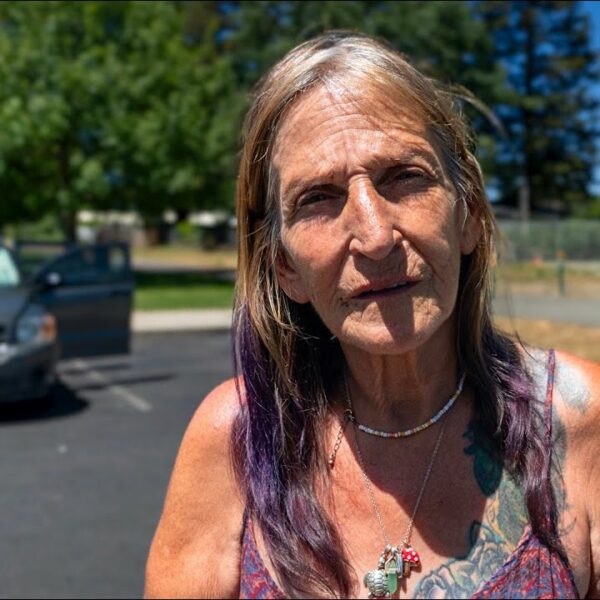A 5-Point Plan and Long-Awaited Measure W Funds Fuel the City’s Latest Push for Housing Solutions and Equity
Oakland mayor Barbara Lee recently announced the formation of a new city department dedicated to addressing homelessness in the area using a 5-point plan.
“The Office of Homelessness Solutions and our 5-Point Plan are about common-sense action – uniting our talented city teams, community partners, and regional allies under one strategic vision,” Mayor Lee said in a news release. “With the pending resources from Measure W and our evidence-based approach, we are investing in what works. Oakland is positioned to lead the region in increasing lasting solutions, and this new office reflects our commitment to every Oakland resident – housed and unhoused – that we build a city where everyone has a safe, clean place to call home.”
What is Measure W?
Measure W is a ballot initiative that was passed by voters in Alameda County in November 2020. The ballot measure asked voters if they would approve of a County of Alameda ordinance being adopted that would “establish a half-cent sales tax for 10 years, to provide essential County services, including housing and services for those experiencing homelessness, mental health services, job training, social safety net, and other general fund services.”
The measure passed with 50.09% of the vote and was estimated to provide the county with an additional $150,000,000 of annual funding to use for the stated purposes. Measure W funds, along with other sources, form the funding basis for the new Office of Homelessness Solutions.
The tax was first levied in July of 2021, and the funds have been accumulating in escrow pending the resolution of a lengthy legal battle. In April, the courts ruled that the measure will stand, and the fund (which is projected to bring in a sizable $1.83 billion) may be allocated as intended.
Oakland Homelessness Strategic Action Plan
As for the 5 points in Mayor Lee’s 5-point plan, well, the details haven’t been announced yet. Her office is expected to release the specifics by the end of the year, but in the meantime, the mayor has released these bullet points that form the basis of her 5-point plan:
- Prevent – Scale up Oakland’s Keep People Housed Program to reduce the inflow of 2,500 people becoming homeless each year.
- Connect & Assess – Deploy additional outreach workers to connect people on the street to services, treatment, and documents needed for housing.
- Rapidly Divert – Provide new rental support funding to rehouse people quickly before homelessness becomes long-term.
- Move – Create new shelter and interim housing beds with services to help people stabilize and transition into permanent housing.
- Build – Catalyze development of new permanent housing units to ensure shelter turnover and long-term stability.
These five pillars will determine the direction the new department takes in its policies and programs, always working toward the goals outlined above through data-driven, evidence-based, and racially equitable approaches.
Streamlining Services
Mayor Lee has made it clear that a primary goal of this new department is to streamline policy making, service providers, and outcome data all under one roof. These processes are currently being carried out by separate departments within the city, but having them all housed together will better enable the city to connect residents with services, monitor outcomes, and adapt programs and policies to do more of what works.
The department will be staffed by 8 or 9 full-time employees once it is fully established, which includes the city’s existing homelessness team and also provides space for two new leadership roles. It will be headed up on an interim basis by Sasha Hauswald, the city’s current chief housing policy officer.
Being the so-called “head of homelessness” has been a somewhat fraught position to hold in Oakland’s recent history. Hauswald has held the position for just over a year, and before her, there was considerable turnover.
The role of the homelessness administrator was first formed in Oakland in 2020, with Daryel Dunston being the first to take on this position. During his tenure, a major encampment was shut down, and the city’s encampment management policy was solidified. After less than a year of these sweep-heavy policies, Dunston resigned in favor of a position focused on providing housing solutions. His successor, Daniel Cooper, was “released from employment” without comment within a year of accepting the position. Finding the right person to head up this new department may take the city some time, given its track record.
No Time Like the Present
Oakland’s new department comes at a time when the city’s homeless population outpaces its available shelter beds by thousands.
As of the most recent point in time count, the city is home to 5,485 unhoused people, with 67% of that number being unsheltered. Additionally, Black men accounted for 52% of the homeless population in the city, which is why Mayor Lee has been deliberate in pointing out that her plan to tackle homelessness will have a firm focus on being equitable to all, including in terms of racial equity.
Still, there are those in city politics who want to see things done a little differently. Councilmember Ken Houston, for instance, has introduced a proposal that would see the city crack down hard on encampments and occupied vehicles. Houston thinks that the launch of the new department leads seamlessly into his own yet-to-be-voted-on proposal, saying, “It was almost like perfect science. We have measure W, we have the mayor’s five-point plan, and then we have the encampment abatement plan.”
“How you prevent it is you help the mental and the AODs, you give them the services that you need,” Houston explained trippingly. “Then you get them housing. You get them shelter and services first, and then housing. Because if a person is mental, if a person is AOD, how can they hold on to housing? They can’t,” he said, in contradiction to decades of research and real-life results.
The Oakland City Council will discuss Councilmember Houston’s encampment abatement plan on September 30.













